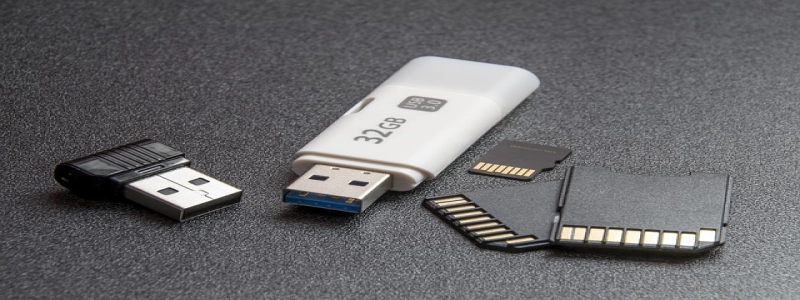SFP Port: What Is It?
Giới thiệu
TÔI. Definition and Overview
A. Definition of SFP Port
B. Overview of SFP
II. Functionality and Purpose
A. Function of SFP Port
B. Purpose of SFP Port
III. Types of SFP Ports
A. Copper SFP Port
B. Fiber SFP Port
C. BiDi SFP Port
Section I: Definition and Overview
A. Definition of SFP Port
The SFP port, also known as Small Form-factor Pluggable port, is a compact and hot-pluggable transceiver module interface used in networking devices. It allows for the connection of various optical or copper cables to support different network communication requirements.
B. Overview of SFP
The SFP (Small Form-factor Pluggable) is a standard for transceiver modules, widely used in network switches, routers, and other networking equipment. It offers a flexible and cost-effective solution for network administrators to upgrade or customize their networks according to specific needs.
Section II: Functionality and Purpose
A. Function of SFP Port
The primary function of an SFP port is to enable the transmission and receiving of data in networking devices. It acts as an interface between the device and the network cable, providing a means to connect the equipment to the network infrastructure.
B. Purpose of SFP Port
The purpose of an SFP port is to provide flexibility and compatibility with different network standards and media types. By utilizing different SFP modules, network administrators can easily adapt their equipment to support various transmission distances, speeds, and media types, such as copper or fiber.
Section III: Types of SFP Ports
A. Copper SFP Port
The copper SFP port supports the use of twisted pair copper cables, commonly used in Ethernet networks. It enables the seamless integration of devices with copper-based infrastructure by converting the electrical signals into optical signals and vice versa.
B. Fiber SFP Port
The fiber SFP port facilitates the use of fiber optic cables for long-distance and high-speed data transmission. It offers increased bandwidth, improved signal integrity, and immunity to electromagnetic interference. Fiber SFP ports are often preferred for long-haul and high-demand network connections.
C. BiDi SFP Port
The BiDi (Bidirectional) SFP port is designed for single-fiber communications, enabling both data transmission and receiving over a single fiber strand. This type of port offers cost savings and increased efficiency by utilizing separate wavelengths for upstream and downstream communication.
Phần kết luận
In conclusion, the SFP port is a crucial component in modern networking devices, enabling flexible and adaptable connections to various network infrastructures. Its functionality, purpose, and different types make it a versatile solution for network administrators to optimize their network setups. With the continuing advancements in networking technology, the SFP port is expected to play an integral role in the evolution and growth of network infrastructure.







